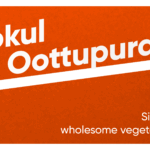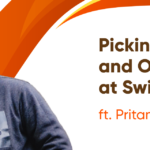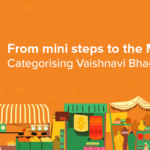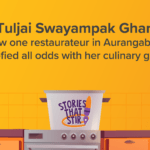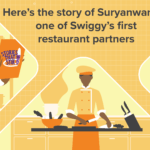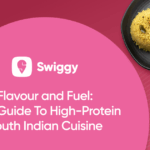Indian street food is all about flavors and aromas that define our culinary heritage. Many street foods like pani puri, bhel puri, papdi chaat, vada pav, and many more are loved by people all over.
Dabeli is one of the spicy, tangy, and sweet snacks that is addictive and satisfying. While dabeli origin state is believed to be Gujarat, this tasty street food can be found everywhere across the country. With its soft, butter-toasted pav (bun), generously stuffed with a spiced potato filling, layered with chutneys, and garnished with crunchy sev and pomegranate pearls, it brings a burst of flavors and textures in every bite.
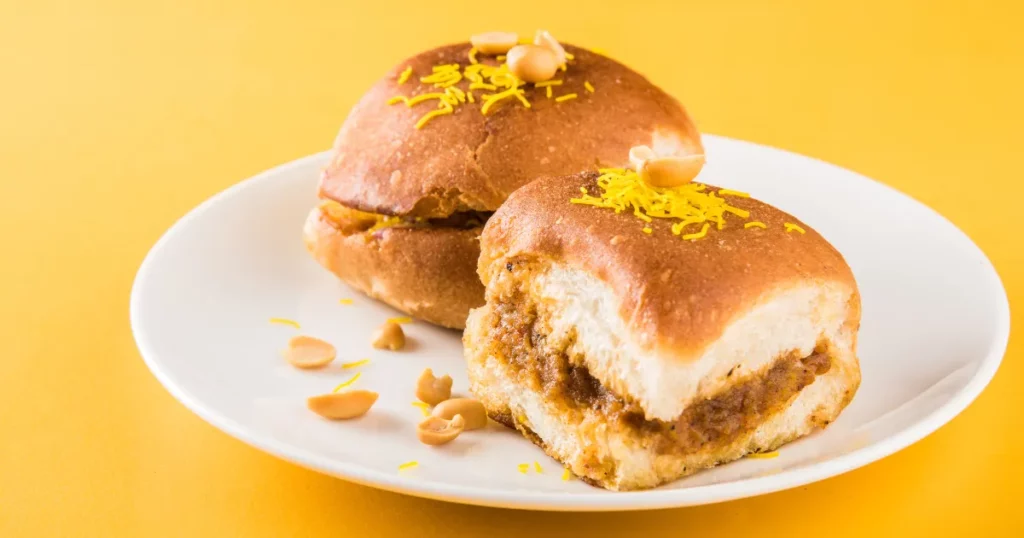
The story behind the origin of dabeli is fascinating, deep-rooted in our culture, and carries a fan following that stretches far beyond its place of origin. Let’s take a deeper look at what makes Dabeli so special.
What is Dabeli? A Quick Overview

Dabeli, also known as Kutchi Dabeli, is a delicious Indian street food that resembles a burger at first glance but delivers a flavor experience like no other. At its core, Dabeli is a spicy mashed potato mixture infused with a special Dabeli masala. This mixture is spread inside a bun that has been lightly toasted in butter or ghee.
Inside the bun, you’ll find not just the spiced potatoes but also sweet tamarind chutney, spicy garlic chutney, crunchy roasted peanuts, sev, and occasionally fresh pomegranate seeds for a juicy contrast. The result is a snack that hits sweet, spicy, tangy, and savory notes all at once, making it a flavor-packed treat that appeals to every palate.
The Origin of Dabeli – Where It All Began
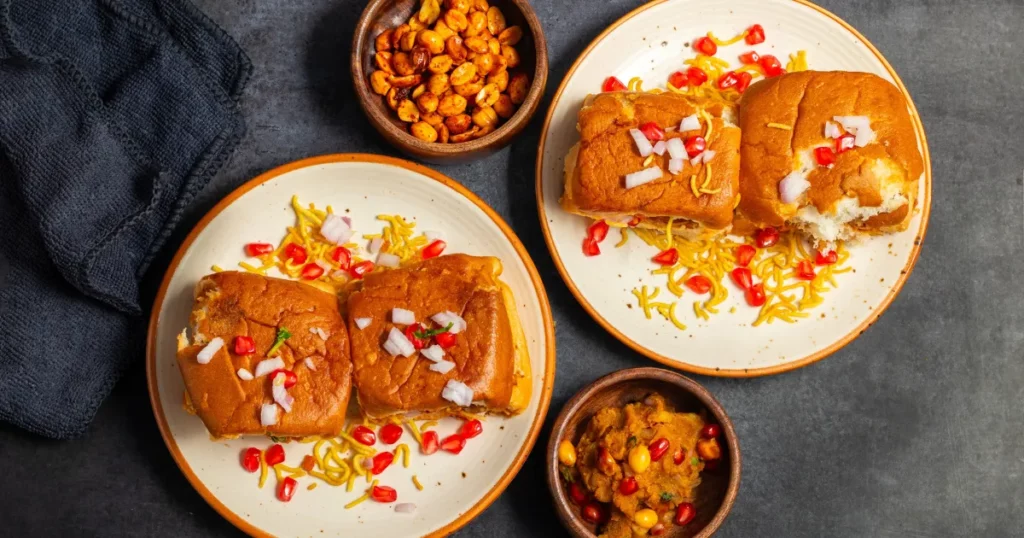
Dabeli origin is considered the Kutch region of Gujarat, specifically in the town of Mandvi, during the 1960s. As per dabeli history, the credit for this invention goes to Keshavji Gabha Chudasama, also fondly known as Kesha Malam. He came up with the recipe by combining a unique spice blend with mashed potatoes and serving it in a pav (bun), inspired in part by the popularity of Western-style buns but giving it an Indian twist.
The word “Dabeli” itself means “pressed” in Gujarati, referring to how the bun is pressed together with the filling inside. Today, Dabeli has found a place in every corner of Gujarat, is immensely popular in Maharashtra, and has even made its way to Indian restaurants and food trucks across the globe.
Different Types of Dabeli You Need to Try
While the Classic Dabeli remains the most beloved version, food lovers and vendors have added their own twists over time. Here are some popular variations:
1 Classic Dabeli (Kutchi Dabeli)
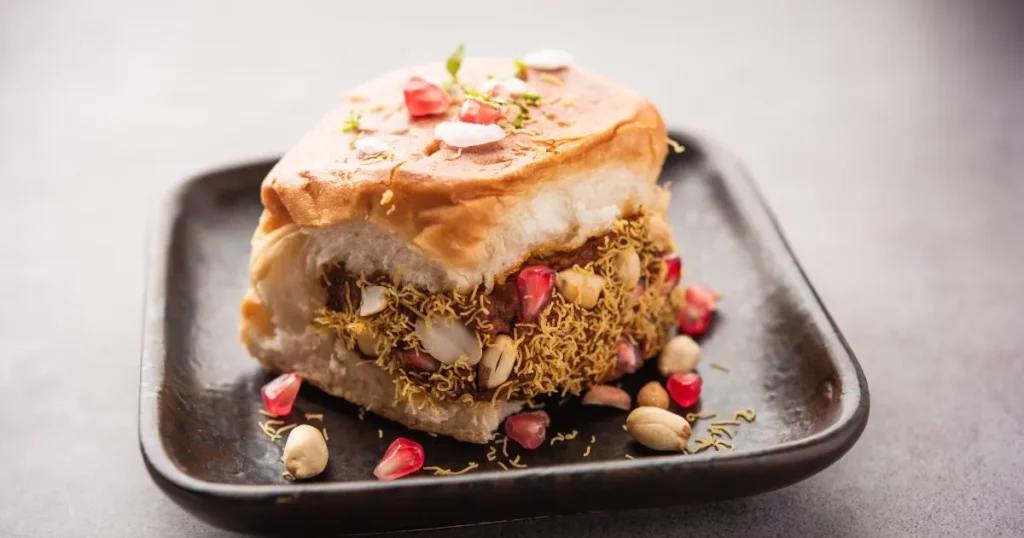
The original version from Kutch features the signature potato mixture mixed with traditional dabeli masala, sweet and spicy chutneys, crunchy peanuts, sev, and a sprinkle of pomegranate, all tucked into a soft pav and toasted to perfection.
2 Schezwan Dabeli
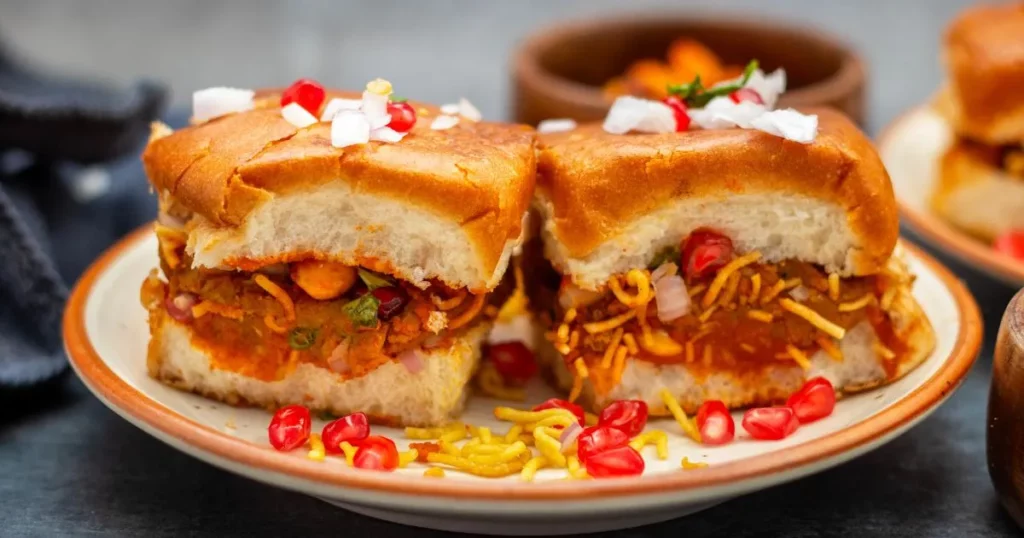
A fiery fusion twist, this version includes Schezwan sauce in place of or alongside the garlic chutney. It adds a bold Indo-Chinese kick and is especially popular among spice lovers.
3 Cheese Dabeli
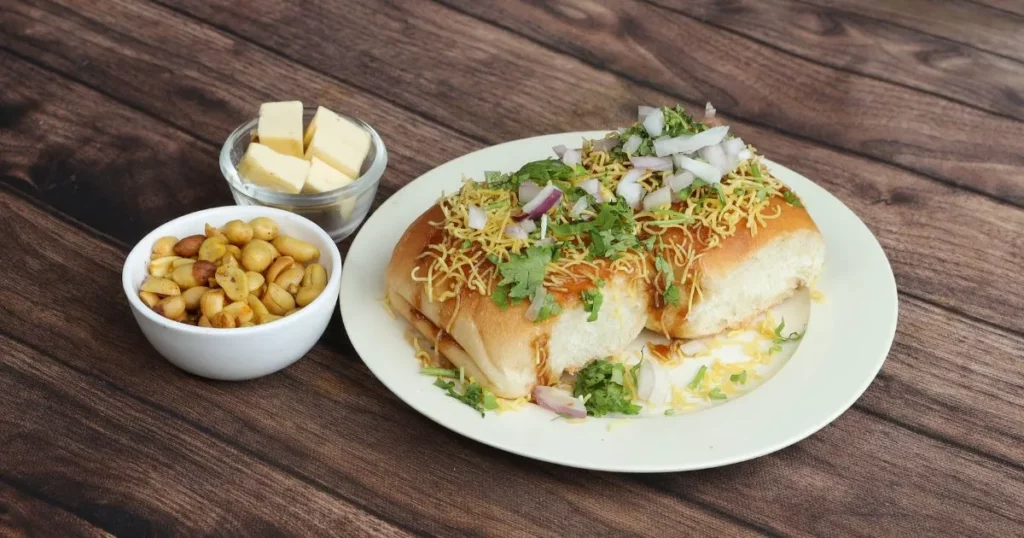
A modern, indulgent take, Cheese Dabeli includes a layer of grated or melted cheese, which balances the spice with a creamy richness. It’s become a hit among younger foodies and cheese enthusiasts.
Dabeli’s Cultural Significance and Street Food Fame
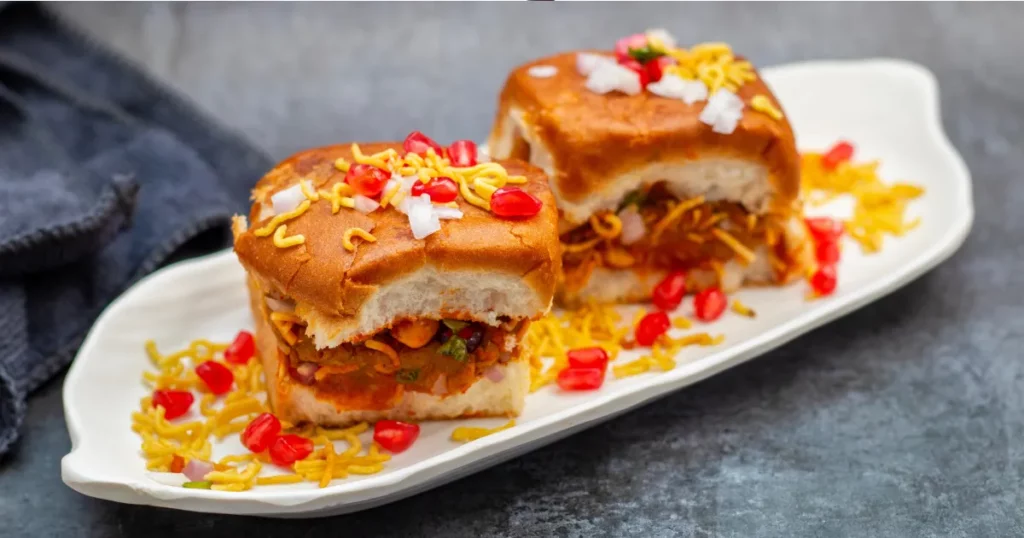
What makes Dabeli truly special is how it’s woven into India’s street food fabric. Though the origin of Dabeli is in Gujarat, its irresistible taste has made it a staple snack in neighboring Maharashtra, especially in cities like Mumbai and Pune, where street food culture thrives.
Often compared to Vada Pav, Dabeli holds its own with a more complex mix of flavors. While vada pav is bold, hot, and deep-fried, Dabeli leans toward a flavorful layering of sweet, spicy, tangy, and crunchy elements, giving it a more gourmet street food vibe. Both are served in similar buns, but Dabeli stands out for its multi-textured, spice-forward presentation.
In many ways, Dabeli represents the spirit of Indian street food—affordable, accessible, packed with flavor, and full of character. It is commonly sold at small roadside stalls, often from carts or tiny shops, by vendors who perfect the art of balancing the flavors with practiced hands.
Taste the Legacy—Order Dabeli from Your Favorite Spots on Swiggy
Can’t make it to a street stall in Gujarat? Don’t worry! Thanks to Swiggy, you can get a fresh, piping hot Dabeli delivered right to your doorstep. From traditional Kutchi Dabeli to modern fusion cafes offering Schezwan versions, Swiggy brings the best of both worlds to your fingertips.
Whether you’re craving a quick bite during a busy workday or planning a weekend food binge, hassle-free food delivery with Swiggy is just what you need. Just a few taps on your phone, and you can enjoy this spicy, satisfying snack without stepping out. Order dabeli online on Swiggy and enjoy it with your friends and family.
Conclusion
Dabeli is more than just a snack; it’s a slice of Indian culinary history. From dabeli origin in the coastal town of Mandvi, it has grown from a local favorite into a street food superstar, adored across states and even internationally. Its balance of textures, sweet and spicy flavors, and ability to adapt to modern tastes make it a timeless delight.
Whether you’re a street food enthusiast or a first-timer looking to explore regional Indian flavors, Dabeli promises an unforgettable experience. Classic or cheesy, traditional or spicy, there’s a version for everyone.
FAQs
1. What does “Dabeli” mean?
The word “Dabeli” comes from the Gujarati language, and it means “pressed.” It refers to the method of preparing the dish, where the spicy potato filling, chutneys, and garnishes are “assembled inside a pav and then gently pressed or grilled to hold everything to “ether.
2. What is the difference between Dabeli and Kutchi Dabeli?
There’s no difference between Dabeli and Kutchi Dabeli; they are essentially the same dish. The term “Kutchi Dabeli” refers to the original, authentic version that hails from the Kutch region of Gujarat, where it was first invented. In casual usage, people often use both names interchangeably.
3. How is Dabeli different from Vada Pav?
Dabeli features a spicy-sweet mashed potato mix flavored with special Dabeli masala, tamarind chutney, garlic chutney, sev, roasted peanuts, and pomegranate seeds, offering a complex mix of textures and tastes. Vada Pav, on the other hand, is spicier and simpler, a deep-fried potato fritter (vada) stuffed into the pav, served with green chili and dry garlic chutney.
Author Bio
Satisfying your cravings, one bite at a time. Discover the best eats, trends, and uncover the hidden gems with us to make your online ordering or dining experience a memorable one.





